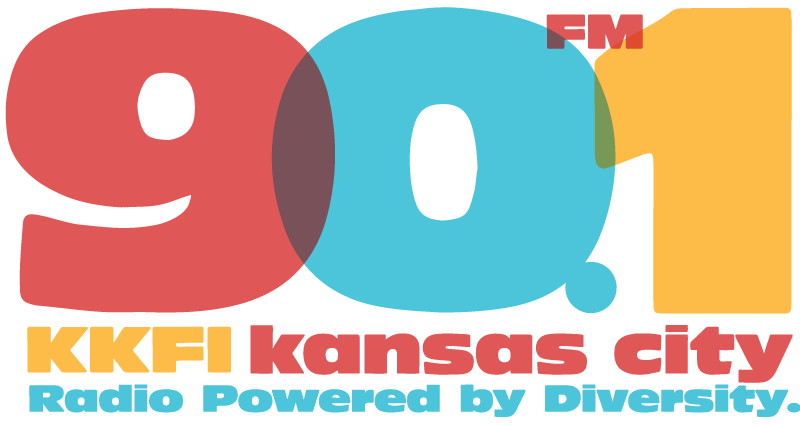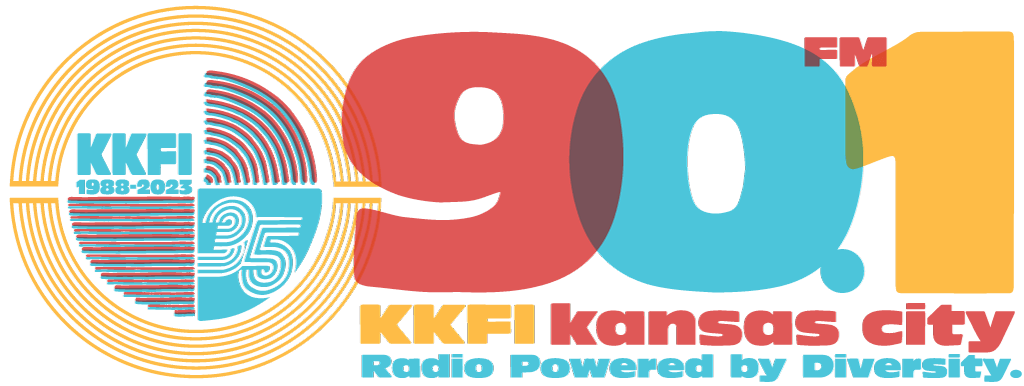Much of the grasslands in the Flint Hills are burned in the early spring every year to encourage the growth of nutritious new grass that aids cattle grazing and also to prevent encroachment of woody plant species that would reduce pasture. However, intensive burning and stocking practices were introduced in the 1980s to speed cattle weight gain have also led to a decline in the population of grassland birds including the iconic prairie chicken. Also, the more frequent and intensive burning has caused exceedances of the national air quality standard for ozone smog in Wichita, Topeka, and the KC Metro area. On tonight’s EcoRadio KC, special guest Craig Volland of the Sierra Club will be in the studio to explain all this and what can be done about it.
- On Air Guide
- Music
- Genres
- Shows
- American Routes
- Astral Connection
- Blues Kitchen
- Breaking Thru The Darkness
- Classical Challenge
- Donne del Mondo
- Dub’s Groove
- Eclectics
- Edged In Blue
- The Energy and Jams Night Show
- EZ Street
- Fiesta Musical
- First Wave
- Foolkiller Folk
- Galactic Supermarket
- Global Roots Radio
- Grateful Dead Hour: Radio’s Weekly Dose of Dead
- Hallyu Wednesday
- Happy Hour
- Hard Knock Radio
- High Voltage Rock N Roll Radio Show
- HipHop Chronicles
- Indigenous In Music
- In The Groove
- Jazz Afternoon (with the Jazz Disciple)
- Jazz Afternoon (with Jazz Geek)
- Jazz Afternoon (with Jeff Harshbarger)
- Jazz in the Afternoon (With the Jazz Doc)
- Jazz Afternoon (with the Jazz Canadian)
- Latin Explosion
- Linx Mix
- Local Showcase
- The Local Wave
- Lynn’s Beautician Blues Show
- MidCoast LIVE!
- The Mixtape with Marisa
- Modern Jetset
- Monday Morning Medicine Show
- Moonlight Drive
- Moonlight Mosaic
- Mother’s Mix
- Music For Your Peers
- Native Spirit Radio
- Noche Magica
- Nocturnal Frequencies
- Nuestra Musica
- Radio Nicopisa
- The Real Deal
- Retro Red-Eye Express
- River Trade Radio
- Rockabilly Mood Swing
- Roots-Wise Reggae
- Seasoned Beats
- Second Set
- Signal to Noise
- Siren Song
- slAp trAcks
- Smooth Jazzin’
- Soul Child Radio
- Soul Dancin’
- Sunday Morning Musical Mashup
- Sunset Reggae
- Taste of Tejano
- The Midtown Lounge
- The Tasty Brew
- The Totally Throwback Thursday Show
- The Wednesday Morning Buzz
- Thursday Night Special
- Under the Radar
- Vital Vibrations
- Wednesday MidDay Medley
- Wilderness Road
- World Sound Radio
- News & Public Affairs
- Coverage
- Shows
- All Souls Forum
- Alternative Radio
- Between the Lines
- Changing Narratives
- Civic Cipher
- CounterSpin
- Cowtown Conversations
- Democracy Now!
- Economics For the People
- EcoRadio KC
- Every Woman
- Exploration
- Hard Knock Radio
- Heartland Labor Forum
- Inspired
- Jaws of Justice Radio
- Law and Disorder
- Making Contact
- Next Step Forward
- One KC Radio Spotlight
- Paragon Radio
- Radio Active Magazine
- Sprouts
- The Tenth Voice (LGBTQIA)
- This Way Out (LGBT)
- Thursday Night Special
- Understanding Israel Palestine
- Urban Connections
- WINGS
- Arts & Culture
- Podcasts
- Discover Podcasts
- KKFI Podcast Hub
- All Souls Forum
- Arts Magazine
- Artspeak Radio
- Cowtown Conversations
- Economics For the People
- EcoRadio KC
- Every Woman
- Freeze Frame
- Heartland Labor Forum
- Jaws of Justice Radio
- Native Spirit Radio
- Next Step Forward
- Radio Active Magazine
- Take Two
- The Tenth Voice (LGBTQIA)
- Understanding Israel Palestine
- Urban Connections
- Calendars
- On Air Guide
- Music
- Genres
- Shows
- American Routes
- Astral Connection
- Blues Kitchen
- Breaking Thru The Darkness
- Classical Challenge
- Donne del Mondo
- Dub’s Groove
- Eclectics
- Edged In Blue
- The Energy and Jams Night Show
- EZ Street
- Fiesta Musical
- First Wave
- Foolkiller Folk
- Galactic Supermarket
- Global Roots Radio
- Grateful Dead Hour: Radio’s Weekly Dose of Dead
- Hallyu Wednesday
- Happy Hour
- Hard Knock Radio
- High Voltage Rock N Roll Radio Show
- HipHop Chronicles
- Indigenous In Music
- In The Groove
- Jazz Afternoon (with the Jazz Disciple)
- Jazz Afternoon (with Jazz Geek)
- Jazz Afternoon (with Jeff Harshbarger)
- Jazz in the Afternoon (With the Jazz Doc)
- Jazz Afternoon (with the Jazz Canadian)
- Latin Explosion
- Linx Mix
- Local Showcase
- The Local Wave
- Lynn’s Beautician Blues Show
- MidCoast LIVE!
- The Mixtape with Marisa
- Modern Jetset
- Monday Morning Medicine Show
- Moonlight Drive
- Moonlight Mosaic
- Mother’s Mix
- Music For Your Peers
- Native Spirit Radio
- Noche Magica
- Nocturnal Frequencies
- Nuestra Musica
- Radio Nicopisa
- The Real Deal
- Retro Red-Eye Express
- River Trade Radio
- Rockabilly Mood Swing
- Roots-Wise Reggae
- Seasoned Beats
- Second Set
- Signal to Noise
- Siren Song
- slAp trAcks
- Smooth Jazzin’
- Soul Child Radio
- Soul Dancin’
- Sunday Morning Musical Mashup
- Sunset Reggae
- Taste of Tejano
- The Midtown Lounge
- The Tasty Brew
- The Totally Throwback Thursday Show
- The Wednesday Morning Buzz
- Thursday Night Special
- Under the Radar
- Vital Vibrations
- Wednesday MidDay Medley
- Wilderness Road
- World Sound Radio
- News & Public Affairs
- Coverage
- Shows
- All Souls Forum
- Alternative Radio
- Between the Lines
- Changing Narratives
- Civic Cipher
- CounterSpin
- Cowtown Conversations
- Democracy Now!
- Economics For the People
- EcoRadio KC
- Every Woman
- Exploration
- Hard Knock Radio
- Heartland Labor Forum
- Inspired
- Jaws of Justice Radio
- Law and Disorder
- Making Contact
- Next Step Forward
- One KC Radio Spotlight
- Paragon Radio
- Radio Active Magazine
- Sprouts
- The Tenth Voice (LGBTQIA)
- This Way Out (LGBT)
- Thursday Night Special
- Understanding Israel Palestine
- Urban Connections
- WINGS
- Arts & Culture
- Podcasts
- Discover Podcasts
- KKFI Podcast Hub
- All Souls Forum
- Arts Magazine
- Artspeak Radio
- Cowtown Conversations
- Economics For the People
- EcoRadio KC
- Every Woman
- Freeze Frame
- Heartland Labor Forum
- Jaws of Justice Radio
- Native Spirit Radio
- Next Step Forward
- Radio Active Magazine
- Take Two
- The Tenth Voice (LGBTQIA)
- Understanding Israel Palestine
- Urban Connections
- Calendars
- Home
- Program Episodes
- The Saga of the Flint Hills Burning



